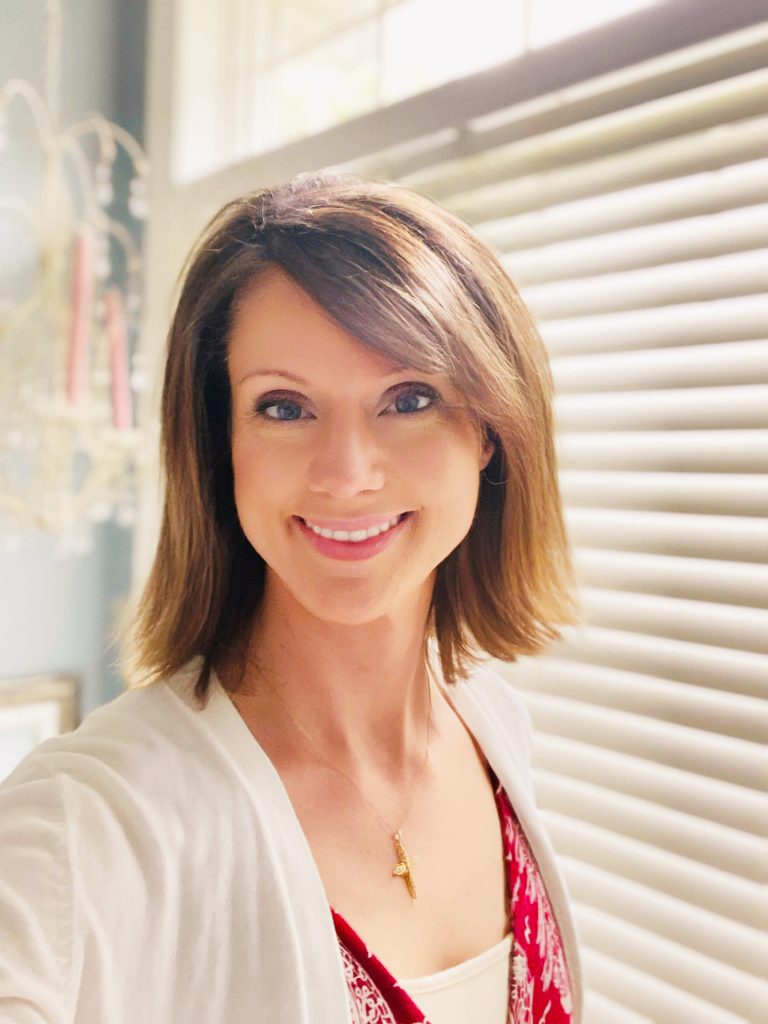
What is your background and training?
I trained as a Doctor of Osteopathy (DO) specializing in family medicine. Before medicine I studied public health science, and have a Master’s of Public Health (MPH) degree in toxicology and public health genetics. Before I entered medicine, I worked with the Environmental Protection Agency and US Geological Service in biostatistics and toxicology, and later served as a regulatory toxicologist with NSF International. I brought my understanding of biostatistics, risk assessment, and toxicology through my medical training and practice, to better inform my treatments for patients.
Beyond the study of osteopathic and family medicine, I have spent hundreds of additional hours learning nutrition, lifestyle, integrative and functional medicine, so that I can offer more treatment options for patients.
Why did you choose to enter medicine, and specifically osteopathic medicine?
I decided to pursue the path of becoming a physician after spending years working as a toxicologist. I was perfectly happy as a regulatory toxicologist, doing my risk assessments and compiling toxicology data.
I was having fun in the tox world–I couldn’t ask for any better.
But one day that changed. A friend from grad school stopped back in Ann Arbor for lunch. He had just finished his first semester in medical school and entertained us with fascinating stories of what he was learning.
I was fascinated anyway.
And then he demonstrated some magical thing called “osteopathy” on my friend Allie’s sore neck…and it helped immediately!
What was this? I had to learn more.
From that point, osteopatchic medical school was my new target.
I specifically chose to enter osteopathic medicine for two reasons:
1) I needed to know the mystery behind this “osteopathic manipulation”, and
2) because of its “whole person” approach to health.
I knew I wanted to help people, not just symptoms.
Along the way, I learned that and so much more.
I was in the clinic seeing patients on rotation in my 3rd year of medical school when I received word that a chemist friend from my toxicology days had suffered a medication side effect.
It was Allie, the one whose sore neck prompted my entry into medicine.
On the day she was to return to work after taking a leave to care for her children…she just never woke up.
She was only 34 and left behind her husband and four young children. And of course, many friends…who will always recall her quick smile, wit, and love of fly fishing.
She was prescribed a very common medication, and it had a tragic outcome.
This made me extra cautious about my pharmaceutical prescribing.
Thinking back, not all my patients appreciated my caution, and I heard things like “how come other people will prescribe that, and you won’t?” or “why do you want me to do these tests, just because I’m on this medication?” Some of them were upset with me…and my explanations fell on disinterested ears.
But understanding the risks is my job, not theirs.
This event spurred me to learn about and apply all possible options for treatment, not just traditional methods.
For this reason, I trained in not only the traditional medicine approach (pharmacology, allopathic diagnostics and treatment, general medicine, surgery, etc), but also in osteopathic manipulation, complementary, holistic, lifestyle, and functional medicine, so that I can incorporate these additional tools to help you.
At your visits, expect a comprehensive and detailed approach to wellness.
Why are you offering a direct care, insurance-free practice?
I opened a direct patient care practice to focus directly on patients and offer truly patient-centered care.
Insurance company payments require ever-increasing amounts of paperwork and behind-the-scenes phone calls and other busywork in order to arrange care for patients. This drives up not only the time involved in care, but also increases frustration for patients and everyone working in healthcare.
The more one sees “behind the scenes” in medicine, the more one sees the flaws. I hear many of my physician colleagues repeat the refrain “the system is broken”.
Direct care offers a solution.
What services do you offer?
My practice offers direct primary care and also more in-depth integrative service visits for patients who would like more advanced testing and treatment options. I also offer osteopathic and craniosacral treatments and cranial electrotherapy stimulation. You can find more information under the “Services” tab here on my website.
My goal is “whole person” care that connects body, mind, and spirit. I use additional integrative and holistic care with the osteopathic approach, to direct the body’s natural inclination toward healing.
Can you talk more about osteopathic medicine?
Doctors who train in osteopathy receive traditional allopathic-based training as well as additional training in osteopathic manipulation. Training is framed by the following osteopathic principles:
- The body functions as a unit with no part independent, including body, mind and spirit.
- The body is capable of self-regulation and self-healing.
- Structure and function are reciprocally interrelated.
- Treatment integrates the first three principles, for care of the patient as a whole.
Your body is designed to heal
Osteopathic Tenet
Degrees
- Doctor of Osteopathic Medicine, Michigan State University College of Osteopathic Medicine
- Master of Public Health in Toxicology and Public Health Genetics, University of Michigan School of Public Health
- Bachelor of Science in Biology, University of Michigan, Ann Arbor
Board Certifications
- Family Medicine and Osteopathic Manipulative Treatment, American Osteopathic Board of Family Physicians and National Board of Physicians and Surgeons
Memberships
- Association of American Physicians and Surgeons
- American College of Lifestyle Medicine
- The Wedge for Health Freedom
- Center for the Study of Empathic Therapy
- The Body: Patient Centered Healthcare Initiatives and Networking
- FLCCC Alliance

DO or MD: What’s the Difference?
DO: Doctor of Osteopathic Medicine
- Holistic medicine approach: treat patient as a whole
- Trained to correct structural imbalances to assist body’s natural tendency to heal
- Take an extra 300-400 hours of training specifically on osteopathic manipulation
- Certified with the Comprehensive Osteopathic Medical Licensing Examination
Similarities Between MDs and DOs
- Premedical pathway: Bachelor’s degree with required premedical classes, MCAT
- Four years of medical school
- 3+ year residency training in field of specialty
- Requirements for licensing and board certification
- Can practice medicine in all 50 states
- Found in every specialty of medicine
MD: Doctor of Allopathic Medicine
- Practice allopathic medicine, focused on diagnosis and treatment of disease
- Majority of physicians in US are MDs
- Certified with the US Medical Licensing Exam
